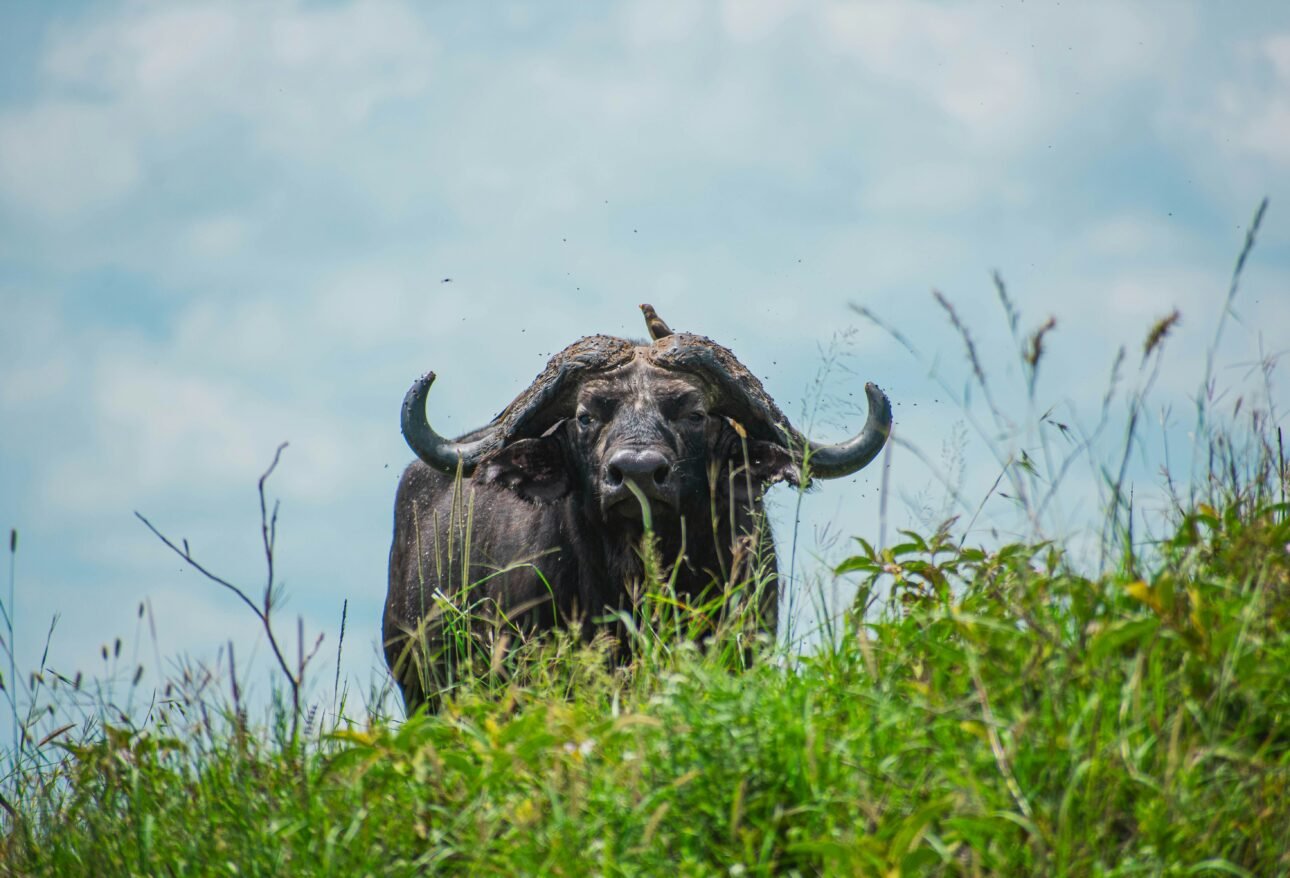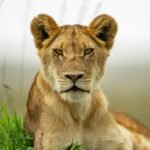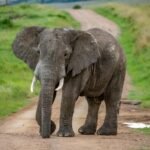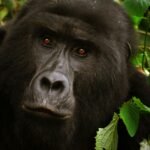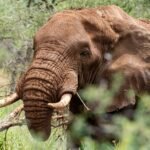When it comes to planning an unforgettable wildlife adventure, few places capture the imagination like Kenya.
Renowned for its breathtaking landscapes and abundant wildlife, Kenya is a premier destination for safari enthusiasts around the globe.
However, timing your visit is crucial to ensuring you have the best experience possible.
In this article, we’ll explore the best time to visit Kenya for a safari, considering the country’s unique climate, the spectacular Great Migration, optimal months for wildlife viewing, and even cultural festivals that can enrich your journey.
Let’s delve into the details that will help you plan the perfect safari adventure.
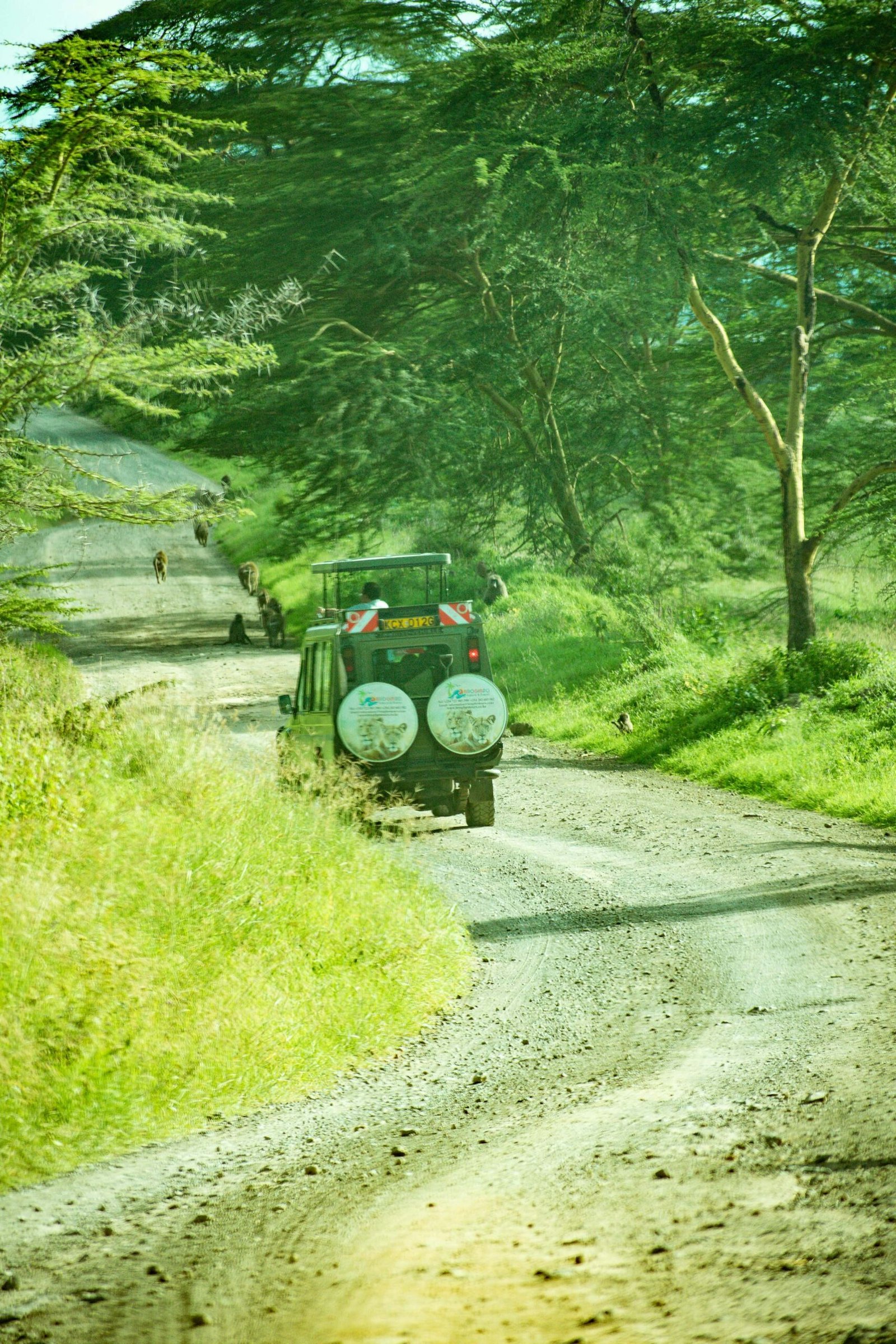
Key Takeaways
- Kenya’s climate varies significantly, impacting the best time for a safari.
- The Great Migration occurs between July and October, making it a prime time for wildlife views.
- The optimal months for spotting diverse wildlife are June and September.
- Cultural festivals throughout the year can enhance your safari experience.
- Planning ahead with travel tips can help ensure a smooth safari adventure.
Understanding Kenya’s Climate and Seasons
Understanding Kenya’s climate and seasons is crucial for travelers looking to experience the best that this stunning country has to offer, particularly when it comes to planning a safari.
The best time to visit Kenya for a safari largely depends on the wildlife activity and climate conditions, which vary throughout the year.
Generally, the long dry season from late June to October is considered the optimal time for game viewing, as animals congregate around water sources, making them easier to spot.
Additionally, this period coincides with the Great Migration, when millions of wildebeest and zebras make their annual trek across the Maasai Mara, offering breathtaking sights for visitors.
However, those interested in exploring Kenya’s lush landscapes might prefer visiting during the short rainy season between November and December or the long rainy season from March to May.
During these times, the country transforms into a vibrant green oasis, which is not only visually stunning but also offers lower crowds and unique bird-watching opportunities.
By understanding these seasonal variations and choosing the best time to visit Kenya for a safari, travelers can enhance their wildlife experience and make unforgettable memories.
The Great Migration: Timing Your Visit
When planning your dreamy escape to the wild heart of Africa, understanding the Great Migration is essential in determining the best time to visit Kenya for a safari.
This awe-inspiring natural phenomenon takes place between July and October, when millions of wildebeest and zebra traverse the Serengeti in search of fresh grazing lands.
During these months, the Maasai Mara National Reserve becomes a spectacular stage for thrilling wildlife encounters, with predators like lions and crocodiles eagerly awaiting their next meal.
However, to fully experience the beauty of the landscape and the diverse wildlife, you might also consider the shoulder months of January to February, when the calving season provides an opportunity to see newborn animals.
No matter when you choose to explore, aligning your trip with the Great Migration ensures an unforgettable safari adventure that showcases the true essence of Kenya’s extraordinary wildlife.
‘The earth has music for those who listen.’ – William Shakespeare
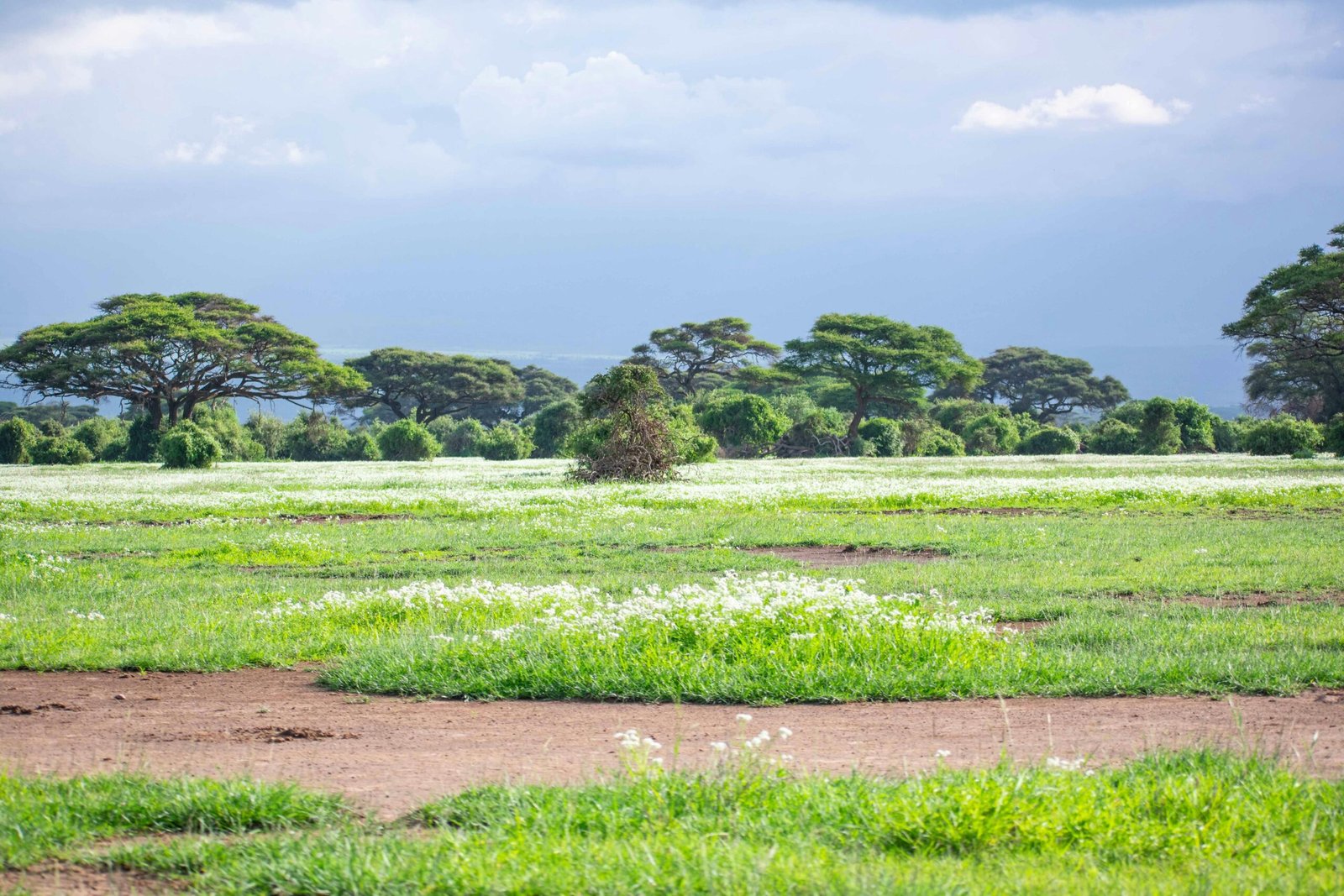
Optimal Wildlife Viewing Months
When planning your dream safari, understanding the best time to visit Kenya for a safari is crucial for a remarkable wildlife viewing experience.
The optimal viewing months generally fall between June and October when the weather is dry, allowing for easier animal spotting as wildlife congregates around water sources.
During this period, known as the Great Migration, millions of wildebeest and zebras traverse the Serengeti-Mara ecosystem, creating captivating scenes for photographers and nature enthusiasts alike.
Additionally, the warmer temperatures and clear skies enhance visibility, making it an ideal time for game drives and photography.
For those who prefer fewer crowds, visiting during the shoulder months of late January to March can also be rewarding, as this is when newborn animals are more abundant, and the landscape is lush and vibrant.
By aligning your safari with these optimal wildlife viewing months, you’ll maximize your chances of witnessing Kenya’s stunning biodiversity in all its glory.
Cultural Festivals and Events to Consider
Kenya is not only famed for its breathtaking landscapes and diverse wildlife but also for its rich cultural heritage, which is showcased through various festivals and events throughout the year.
When considering the best time to visit Kenya for a safari, it’s also essential to align your trip with these vibrant cultural experiences.
For instance, the Maasai Mara Cultural Festival, held annually around July, celebrates the traditions of the Maasai people with traditional dances, handicrafts, and local cuisine, all set against the backdrop of the majestic Maasai Mara National Reserve.
Another noteworthy event is the Lamu Cultural Festival, typically scheduled for November, which immerses visitors in the Swahili culture through art exhibitions, boat races, and culinary delights.
Planning your visit to coincide with these festivals not only enriches your safari experience but also provides a deeper understanding of Kenya’s unique cultural tapestry.
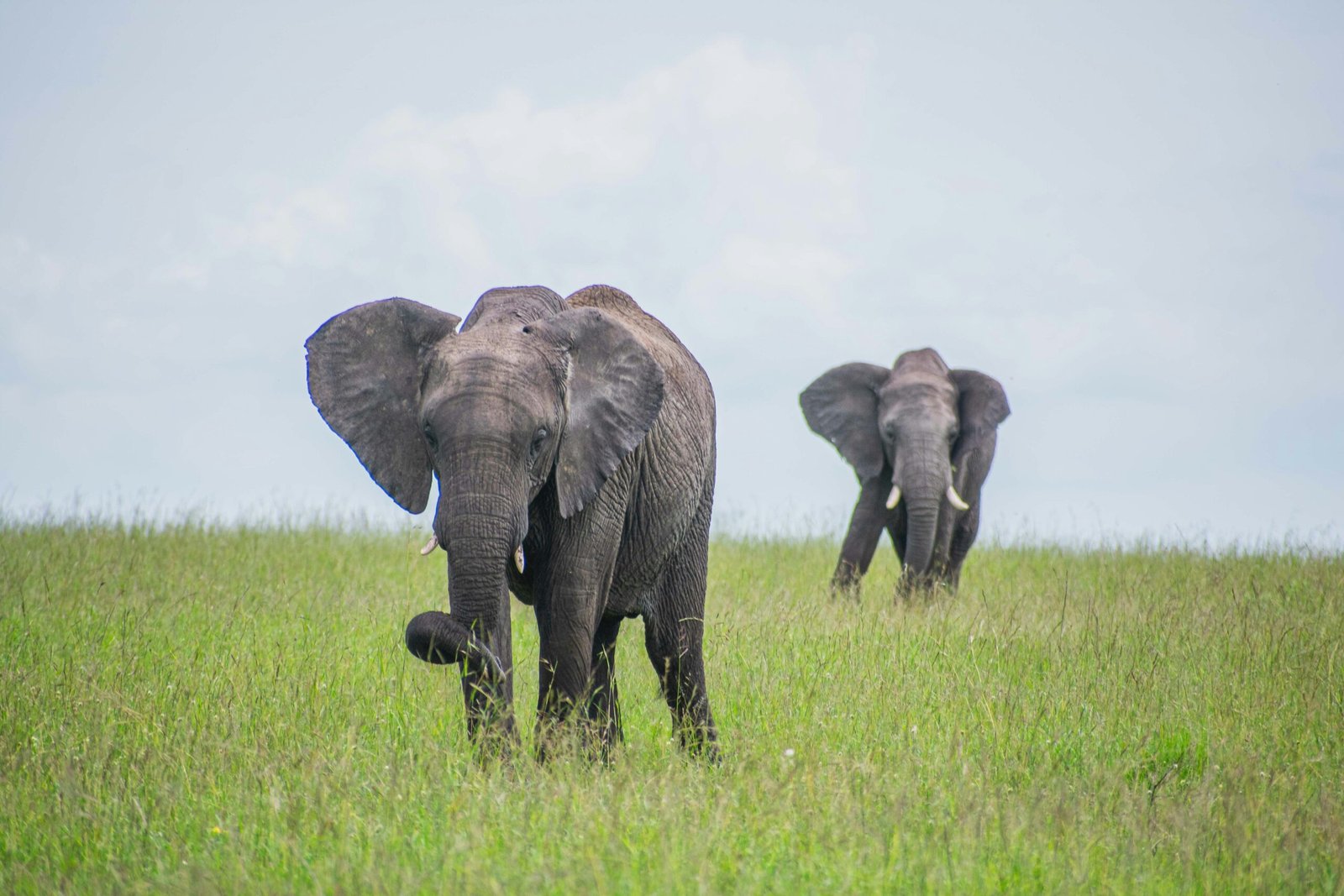
Travel Tips for Planning Your Safari
When considering the best time to visit Kenya for a safari, it’s essential to examine both the wildlife activity and climatic conditions to maximize your experience.
The dry season, which runs from June to October, is often regarded as the optimal time for a safari adventure.
During these months, animals congregate around water sources, making them easier to spot and photograph.
Additionally, the reduced vegetation allows for better visibility across the savannahs.
Meanwhile, the migration of wildebeest and zebra, typically occurring from July to November, draws many visitors eager to witness this iconic event.
However, visiting during the rainy season, from March to May, can also be rewarding due to fewer crowds and lush landscapes, perfect for photography enthusiasts.
Regardless of when you choose to go, understanding the best time to visit Kenya for a safari will ensure an unforgettable experience in one of Africa’s most stunning settings.
Frequently Asked Questions
What is the best overall time to visit Kenya for a safari?
The best overall time to visit Kenya for a safari is between June and October, during the dry season.
This period offers excellent wildlife viewing opportunities, as animals congregate around water sources.
When does the Great Migration occur in Kenya?
The Great Migration typically occurs between July and October, with the largest herds of wildebeest and zebra crossing the Mara River in search of greener pastures.
What months are optimal for viewing specific wildlife in Kenya?
January to February is ideal for spotting large herds of elephants in Tsavo, while the months of September to October are great for observing young wildlife, including lion cubs and other predator infants.
Are there any cultural festivals I should consider when planning my visit?
Yes, consider visiting during the Maasai Mara Cultural Festival in July, or the Lamu Cultural Festival in November, which showcase local customs, traditions, and performances.
What travel tips should I keep in mind when planning my safari in Kenya?
Plan ahead by booking accommodations early, pack light and breathable clothing for hot weather, and ensure your vaccinations and travel insurance are up to date for a smooth experience.
Kikuyu Arcade, Kiambu, Kenya 00902
+254 720 637 298
+254 726 906 136
info@africancrestedratsafaris.com
sales@africancrestedratsafaris.com

